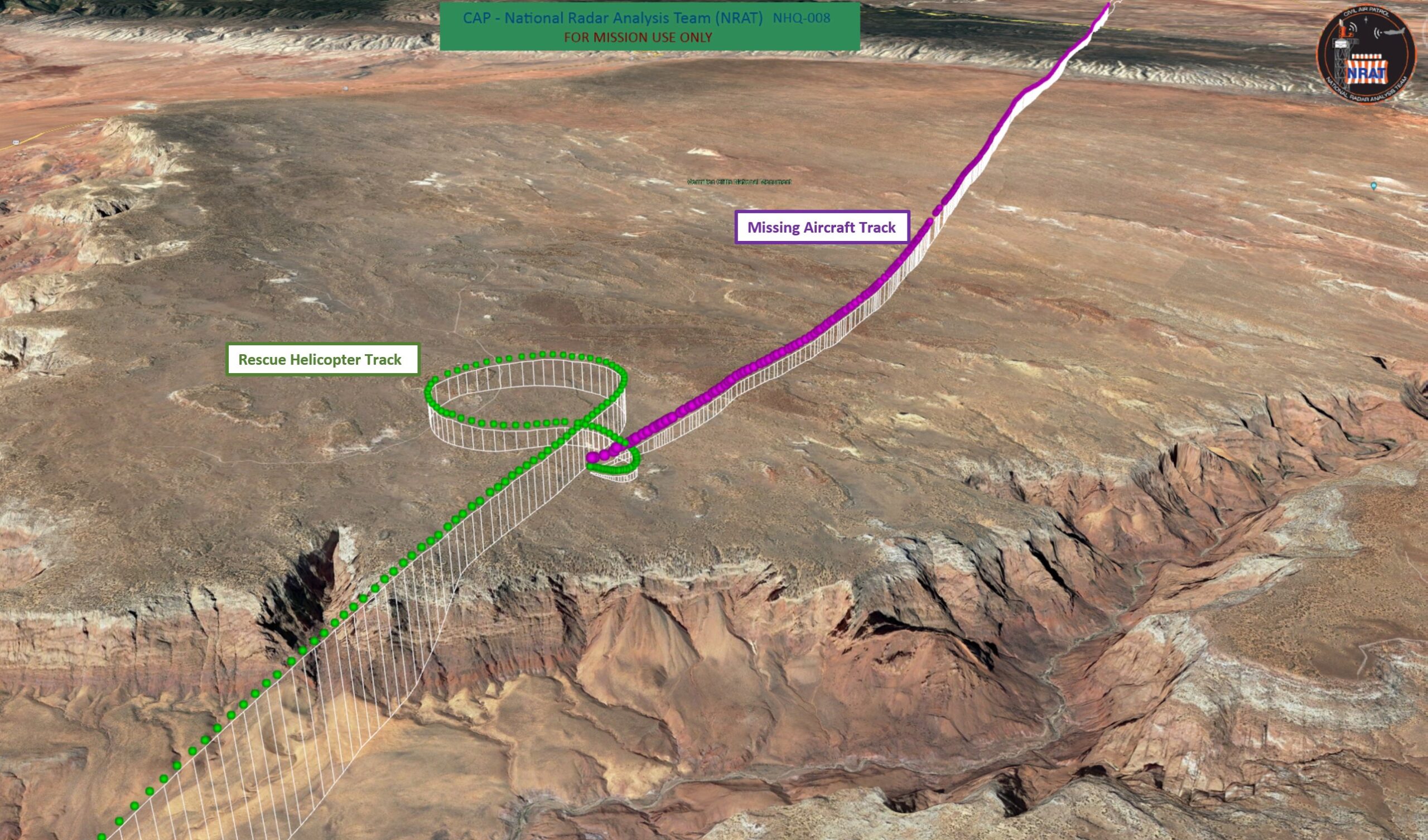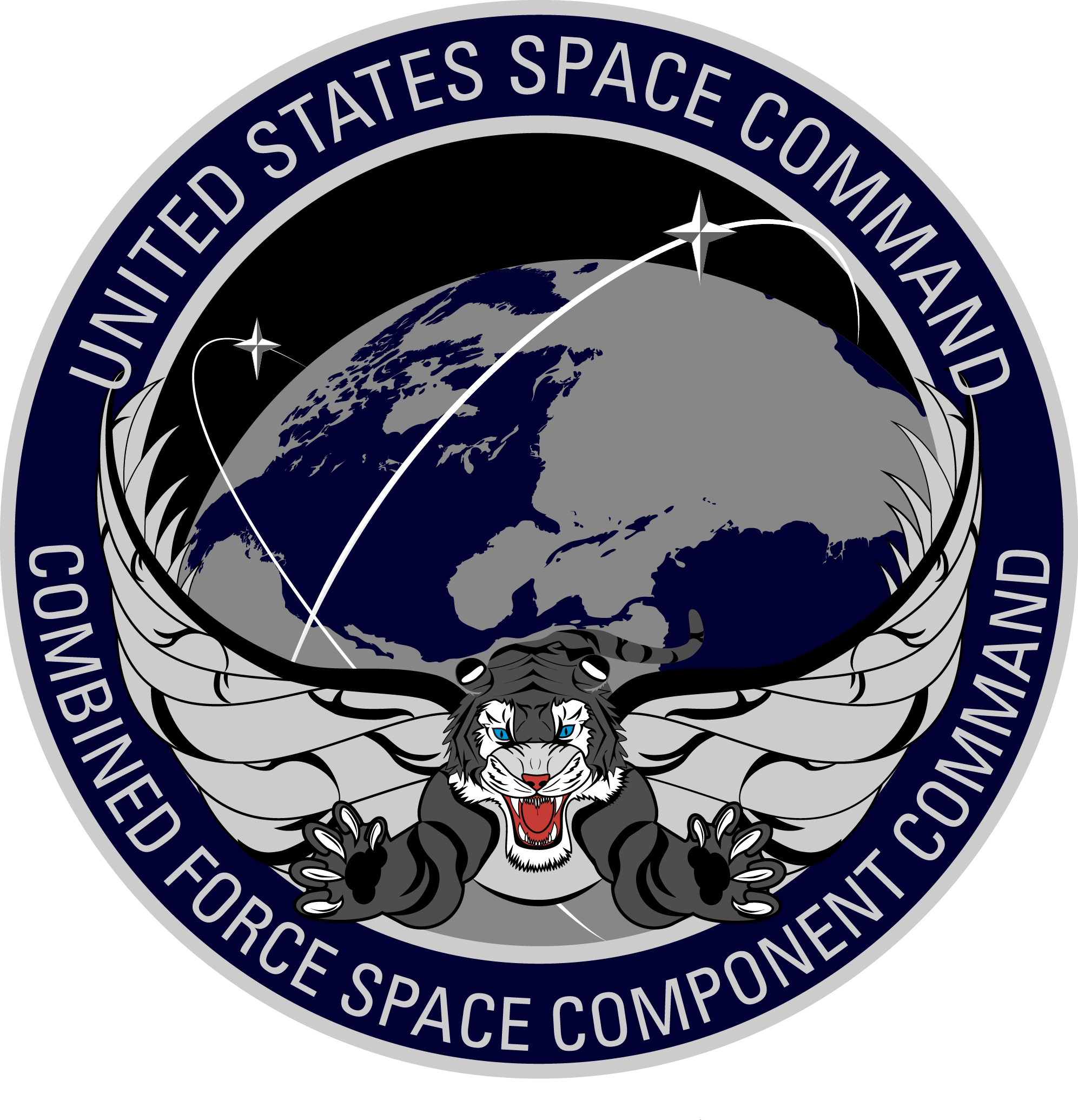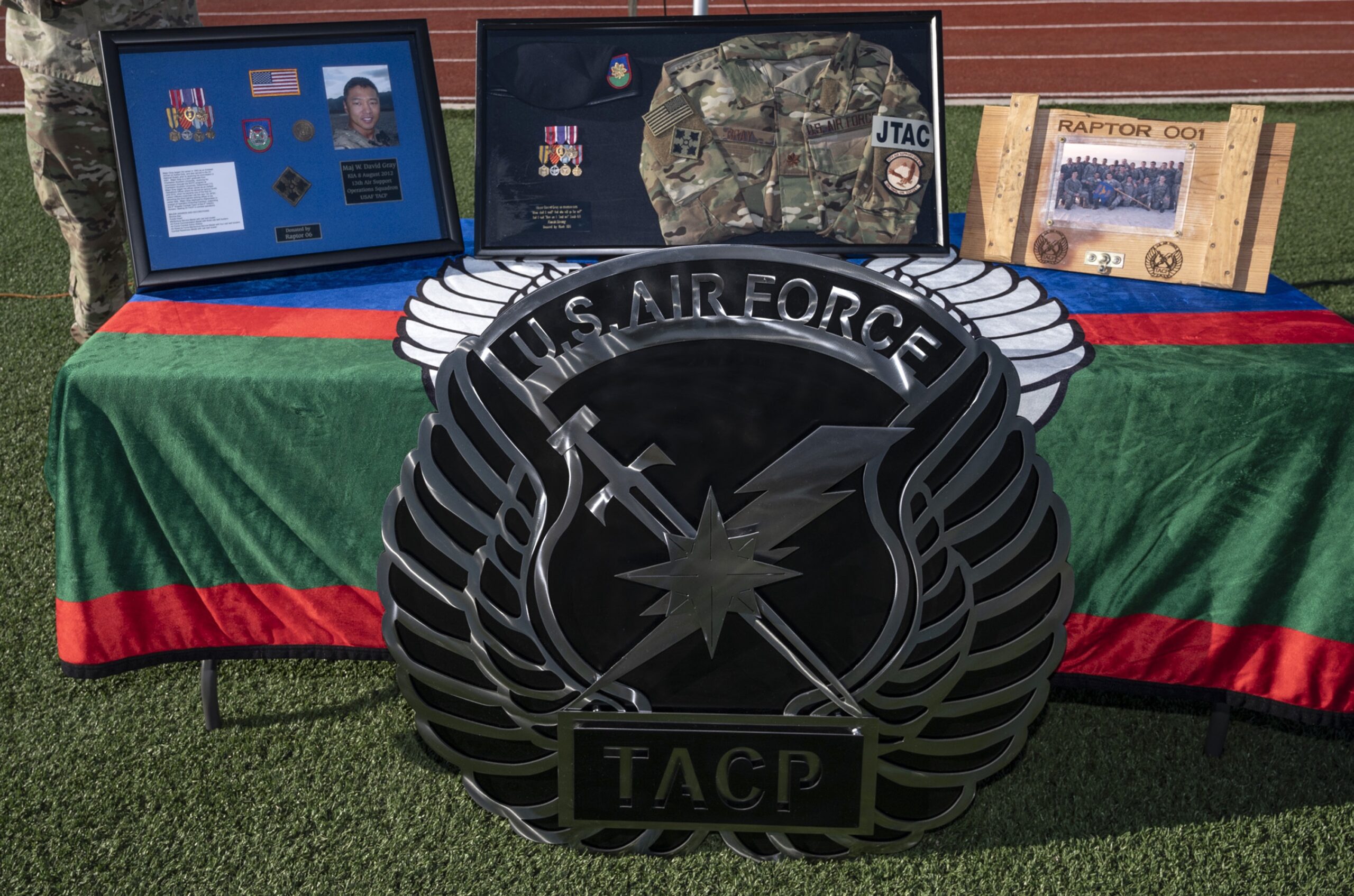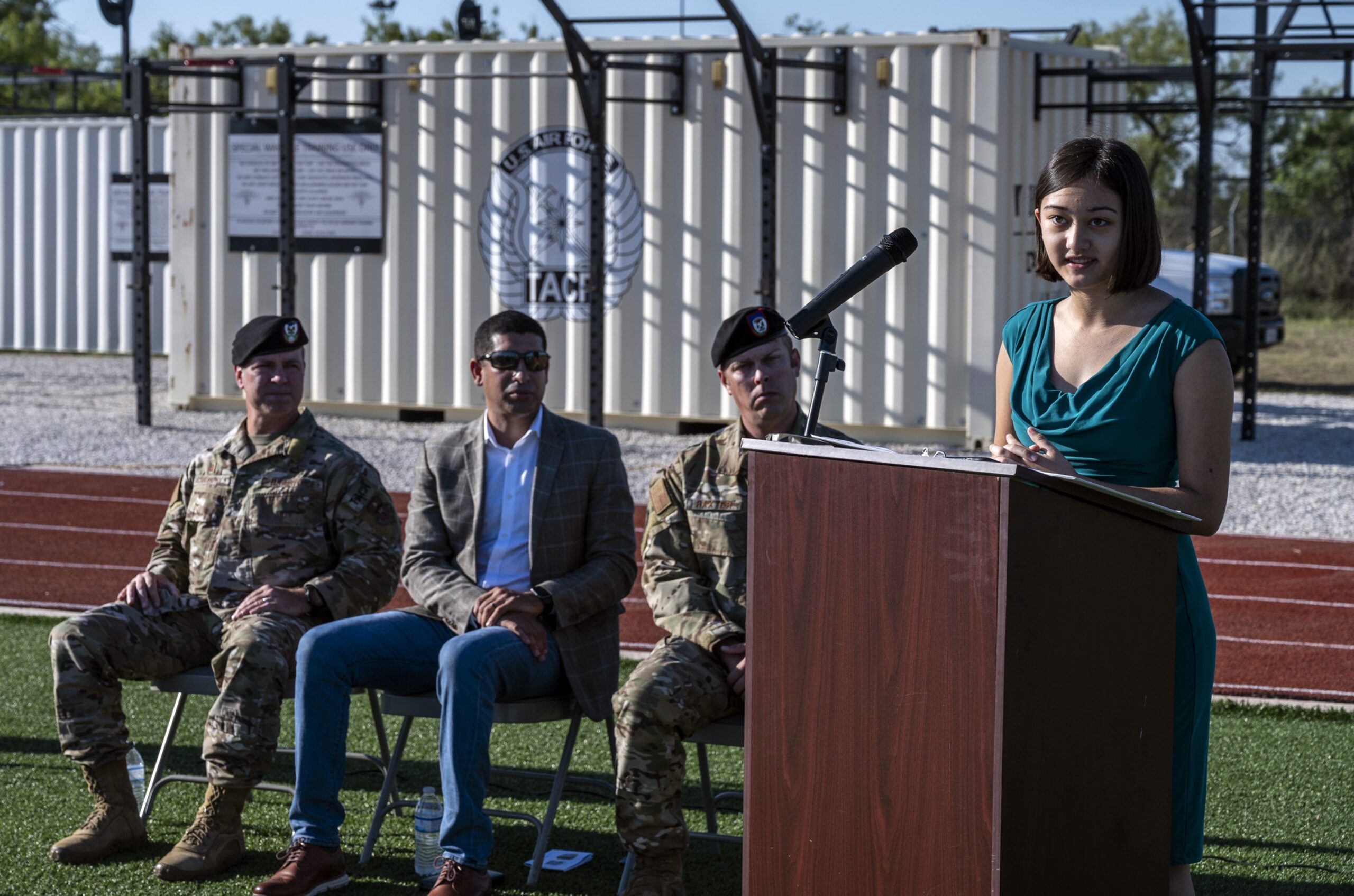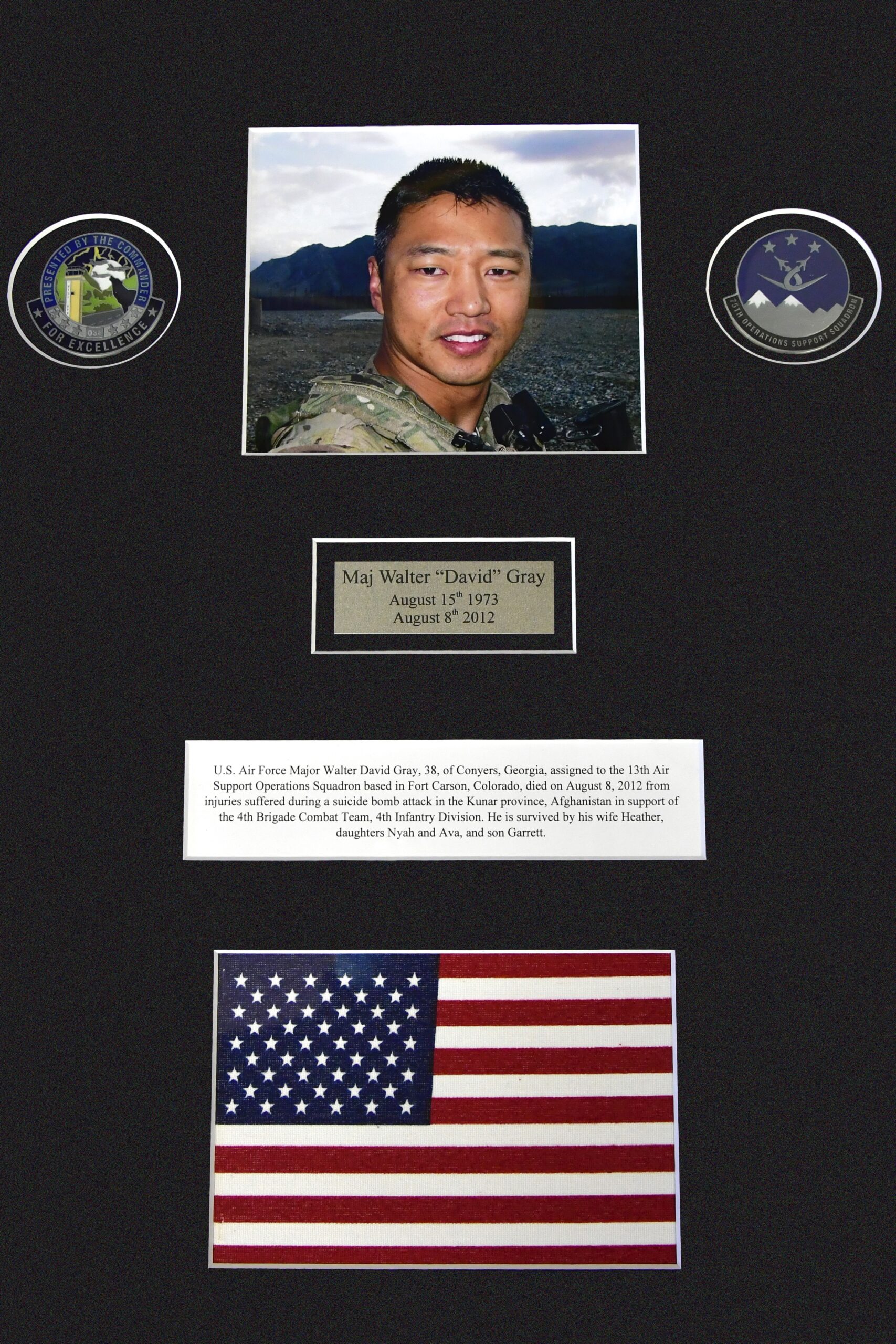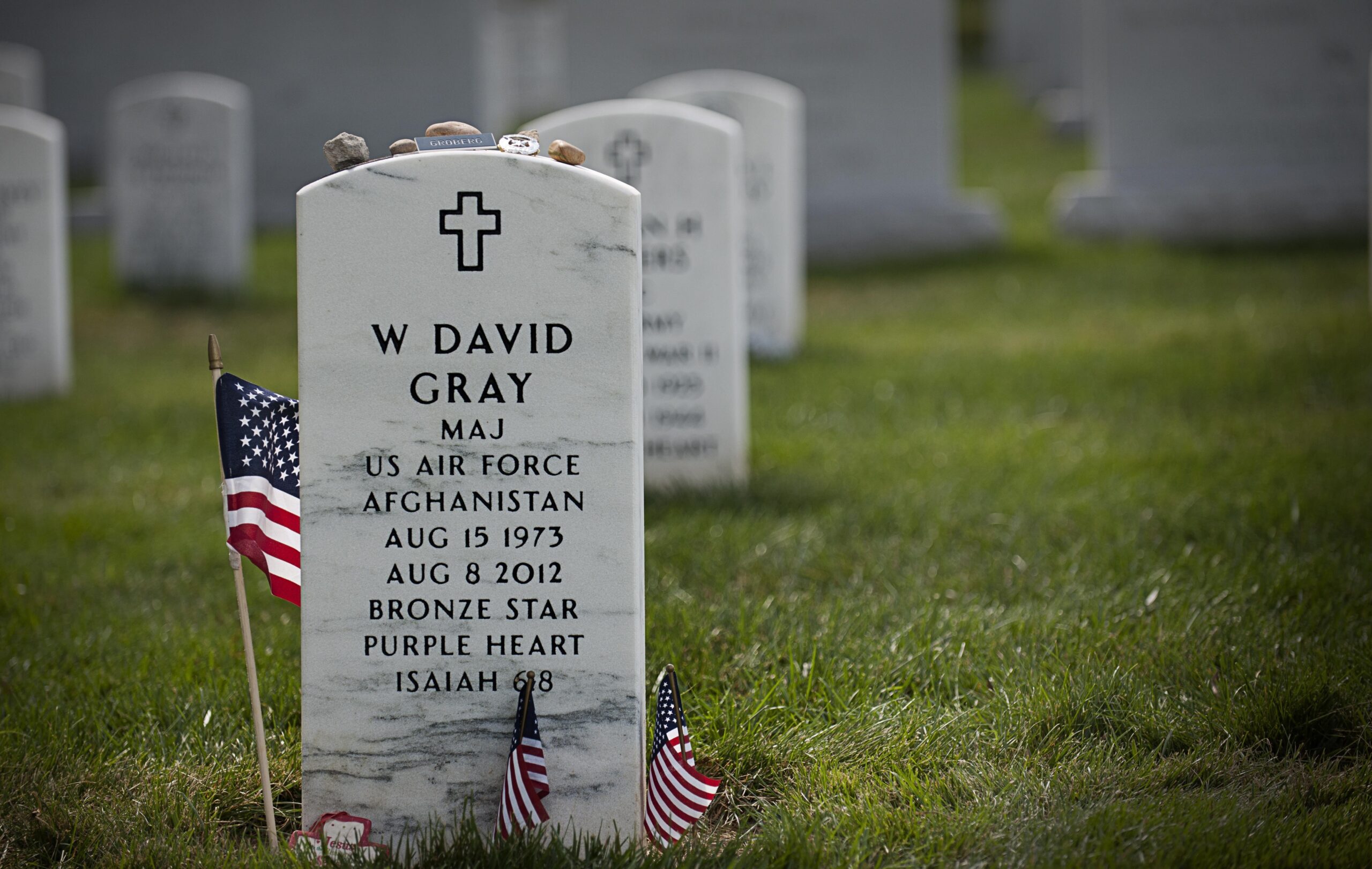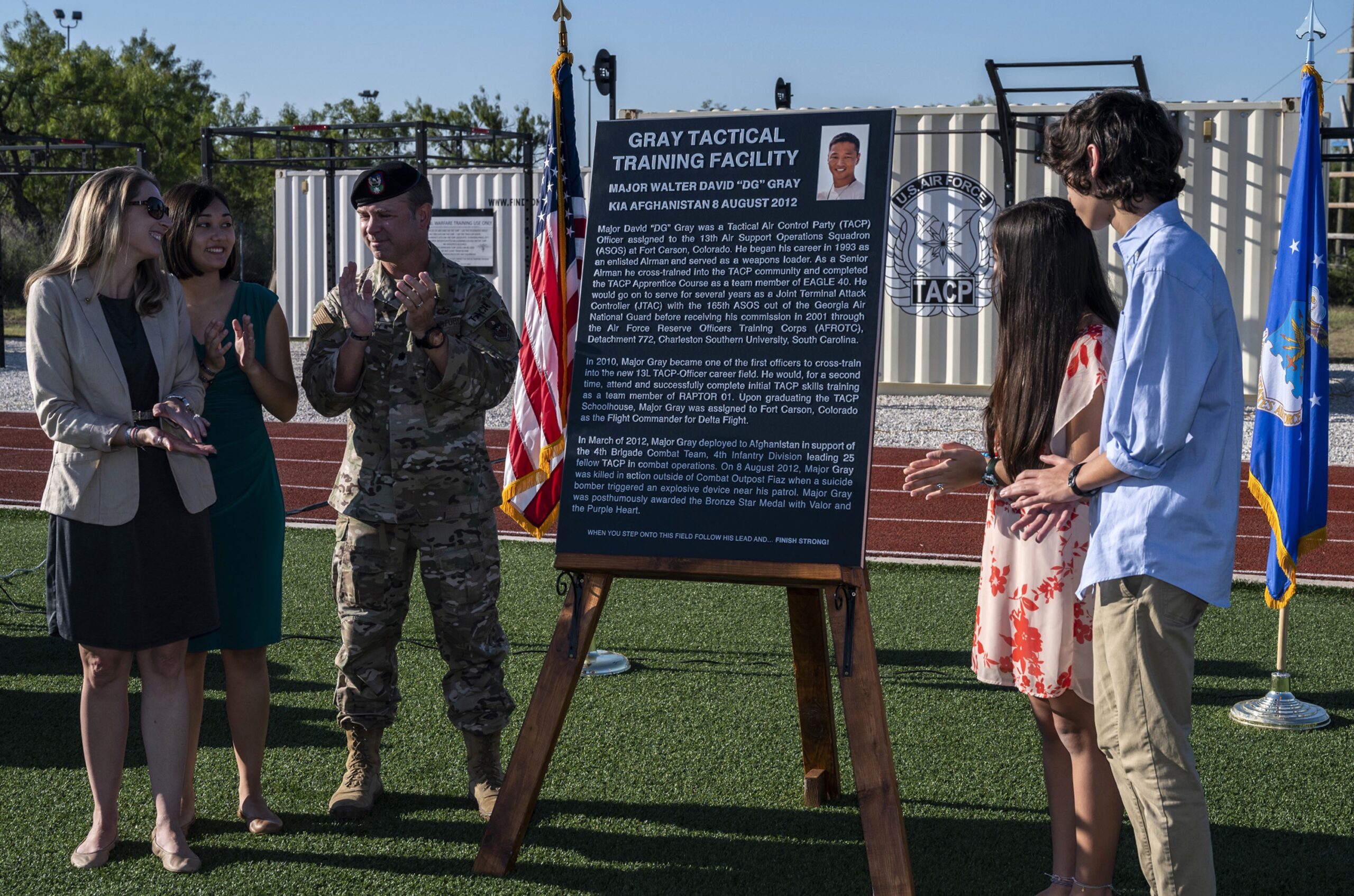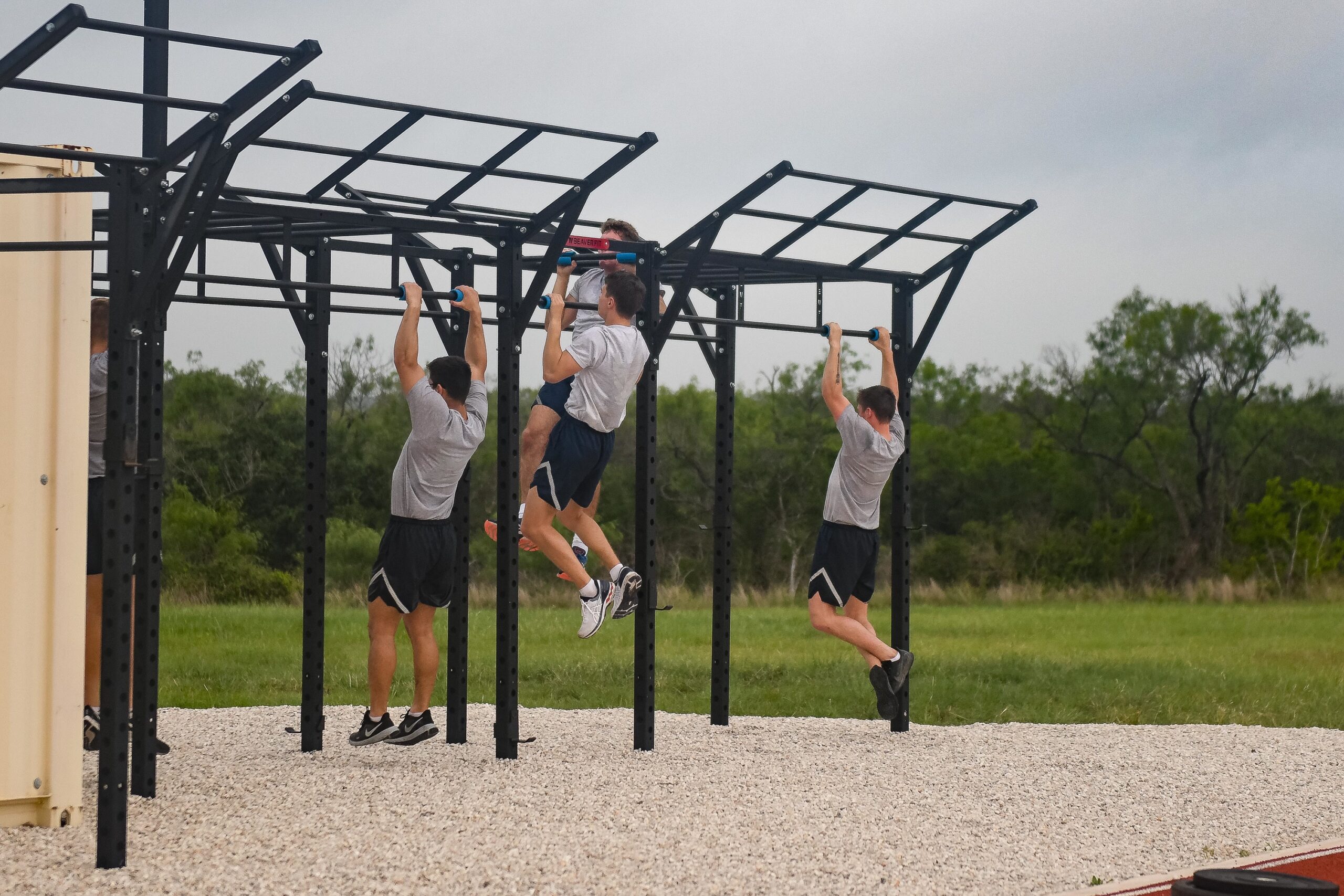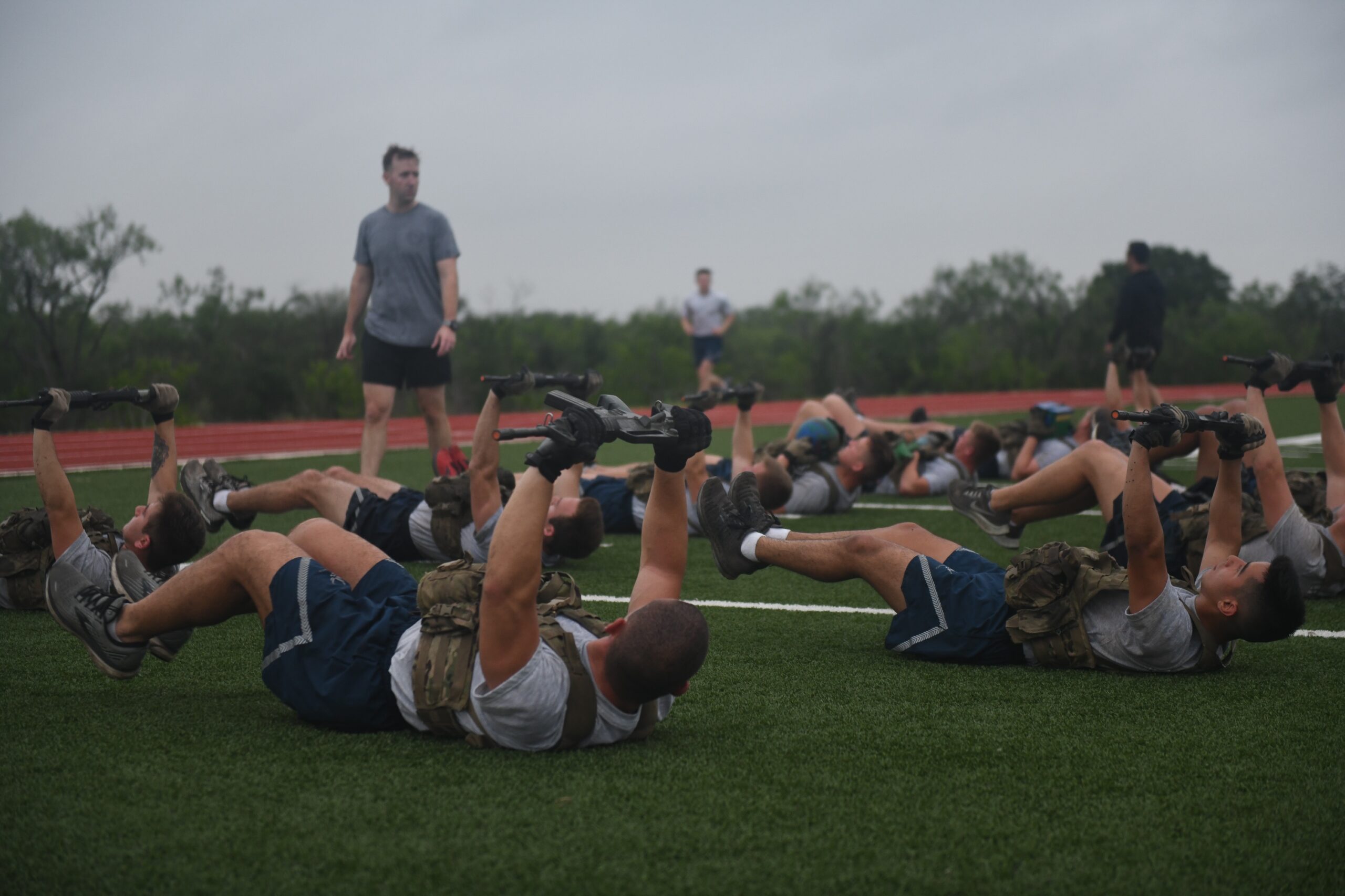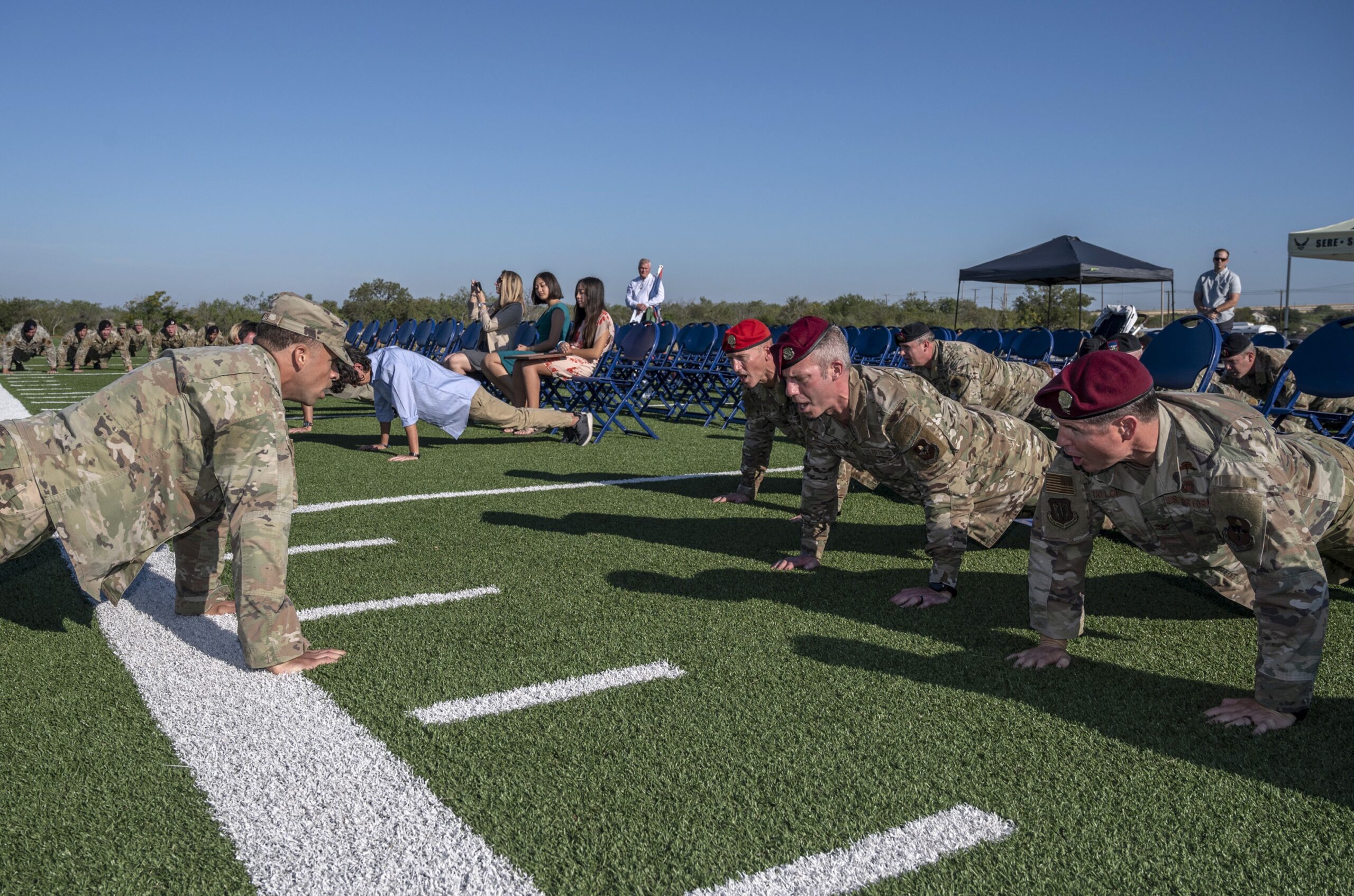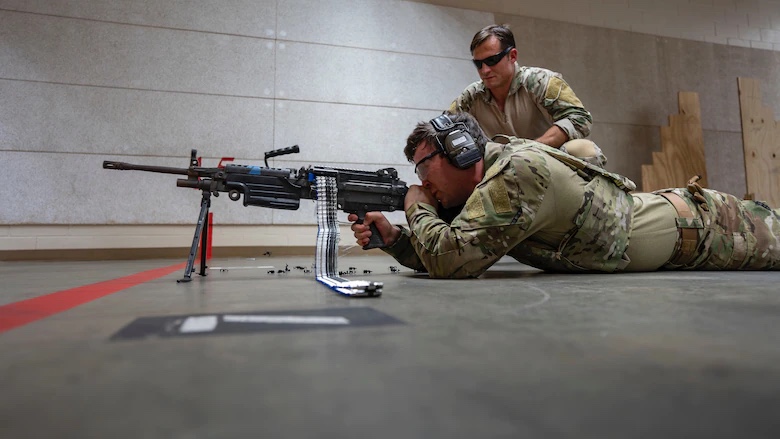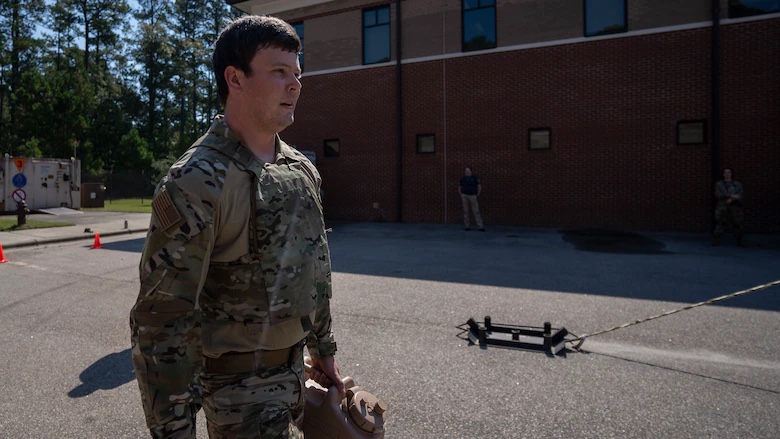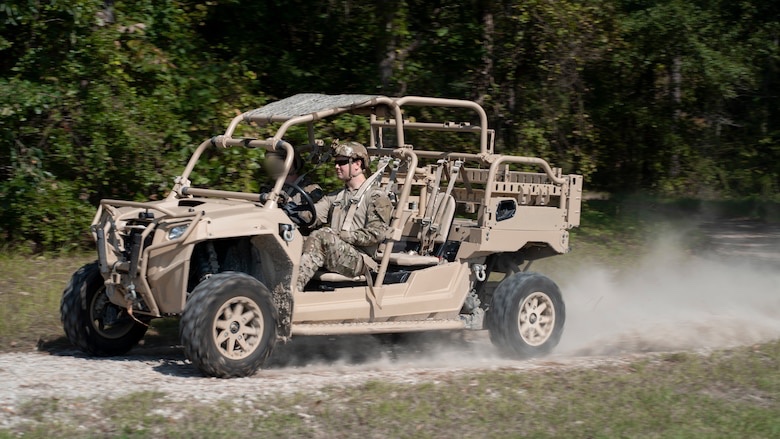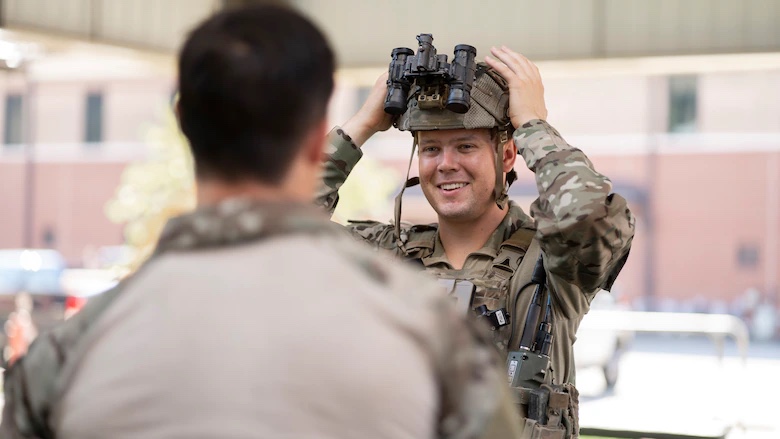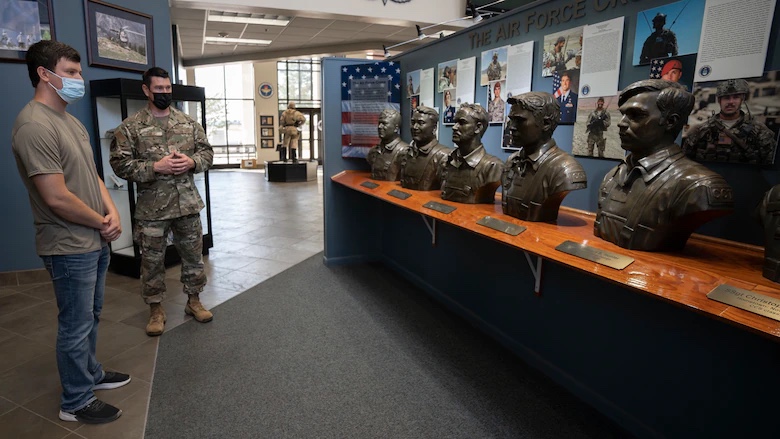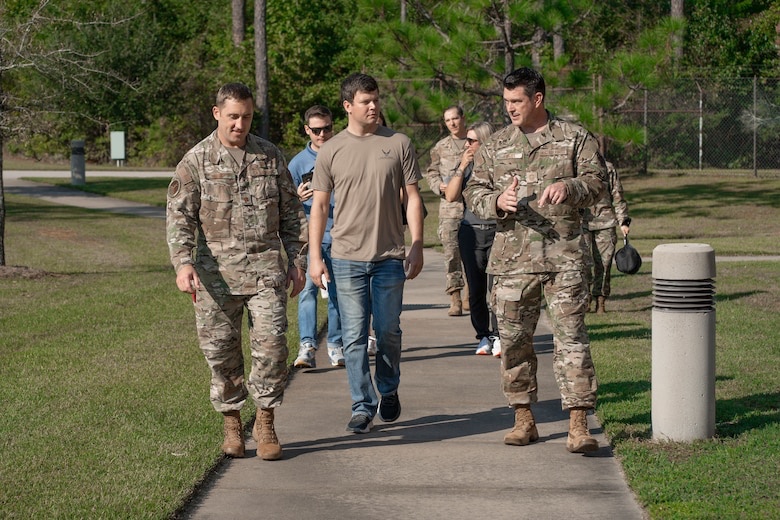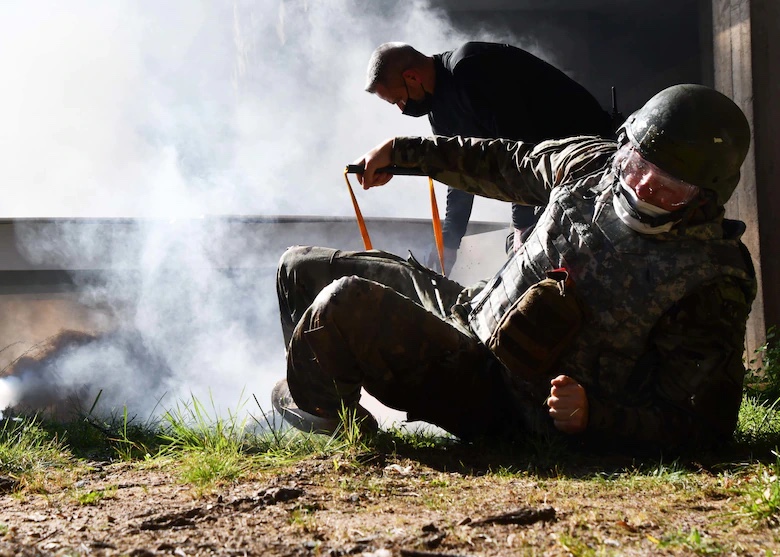The first VIRTUAL FLAG exercise dedicated to training the Joint Air Ground Integration Center’s command and control was successfully executed at the 705th Combat Training Squadron’s Distributed Mission Operation Center located at Kirtland Air Force Base, New Mexico, Aug. 23-27.
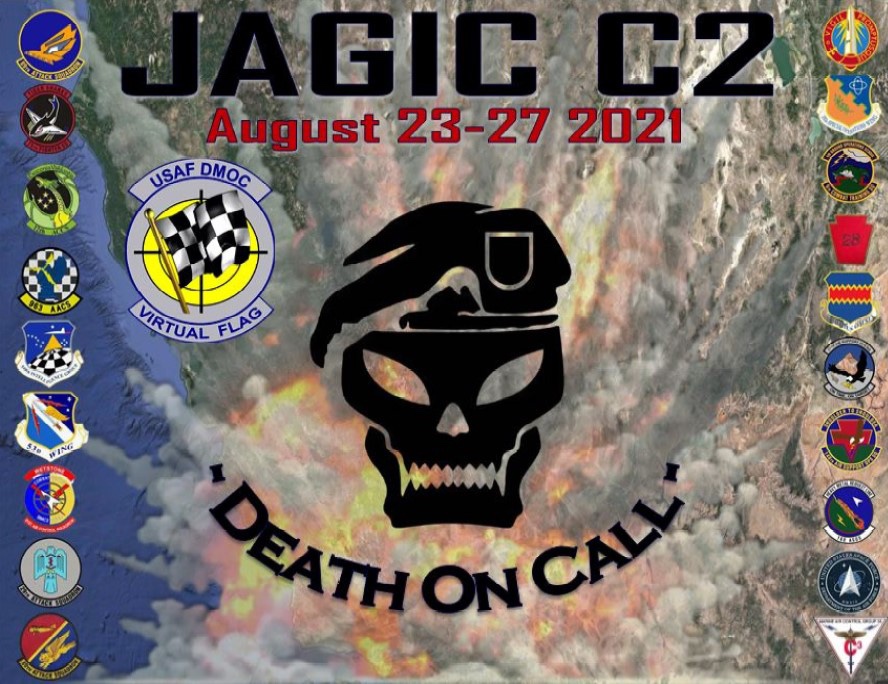
The DMOC developed, integrated, and successfully executed VF: JAGIC C2 with facilitation of the Airmen from 505th Command and Control Wing, Detachment 1 at Fort Leavenworth, Kansas.
The exercise was designed specifically for the JAGIC training audience which encompassed a mixture of U.S. Air Force active duty and National Guard Airmen from the 13th, 148th, and 168th Air Support Operations Squadrons, and U.S. Army Soldiers from the 28th Infantry Division. U.S. Marine Corps’ conceptual Marine Air Operation Center, or MAOC, tactical C2 elements from 3rd Marine Aircraft Wing, participated virtually in the first-of-its-kind exercise event providing multi-layer airspace deconfliction support to strike, intelligence, and C2 platforms.
The DMOC is the USAF’s hub for distributed combat training exercises and testing. Warfighters at locations around the globe, connected through the DMOC, face realistic threat scenarios to practice tactics and procedures. The DMOC architecture integrates virtual and constructive simulations across various networks to support a synthetic battlespace that models weapons, C2, and intelligence, surveillance and reconnaissance systems.
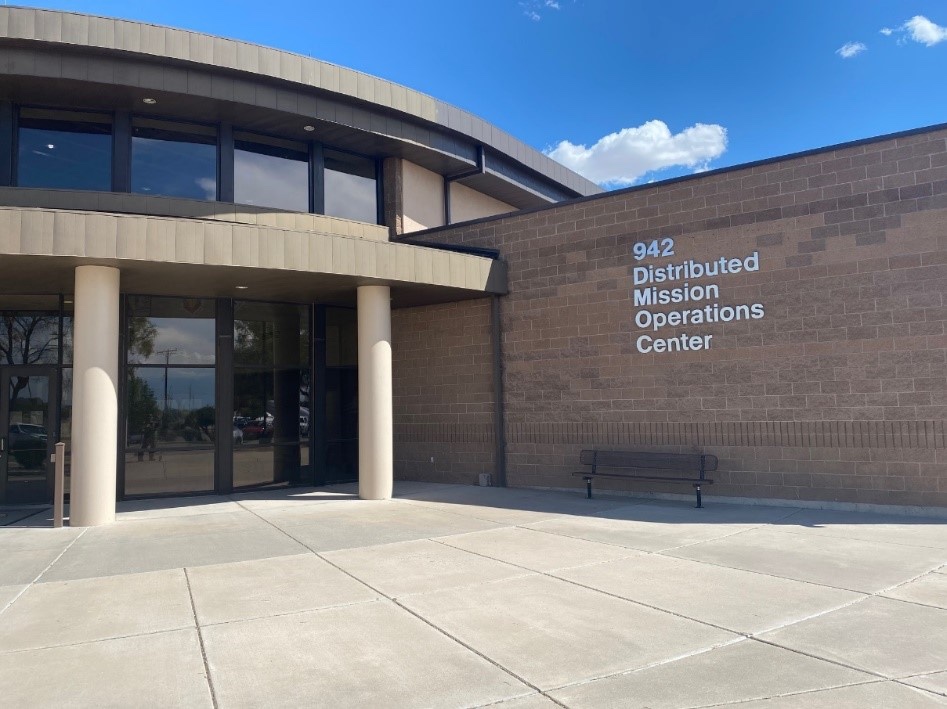
“VF: JAGIC C2 provided the entire training audience an opportunity to interact with joint elements of the Theater Air Control System with minimum additional personnel demands on high-demand/low-density assets,” said 2nd Lt. Rachel Pohl, VF: JAGIC C2 technical director. “Through the DMOC, VF: JAGIC C2 linked geographically-separated joint units from across the country together, allowing each to interact with one another using weapons system simulators at their home stations.”
While the DMOC’s VFs are well-known for their success in exercising various tactical-to-operational weapon systems, VF: JAGIC C2 marked the first time it has made the JAGIC the principal training audience.
“The objective in VF: JAGIC C2 was to integrate and deliver DMO capabilities to prepare warfighters for combat in a joint environment; specifically developing tactics, techniques and procedures, through a first-ever networked system called JTAGSS [Joint Theater Air-Ground Simulator System],” said Lt. Col. Lindsay Post, 705th CTS commander. “Nobody dies in a virtual exercise but they learn how to survive, thrive and win in a real-world fight.”
The 505th CCW, Det 1, is the USAF Warfare Center’s resident liaison to the USA’s Combined Arms Center and Mission Command Training Program at Fort Leavenworth, Kansas. 505th CCW, Det 1 Airmen are experienced observers, coaches, and trainers who prepare a host of USAF liaison and C2 elements – including those within the JAGIC – for future global operations through MCTP training events such as Warfighter exercises. Det 1 Airmen consisting of intelligence, C2, and tactical air control party subject matter experts leveraged their experience during VF: JAGIC C2 to stress and teach the JAGIC’s training audiences.
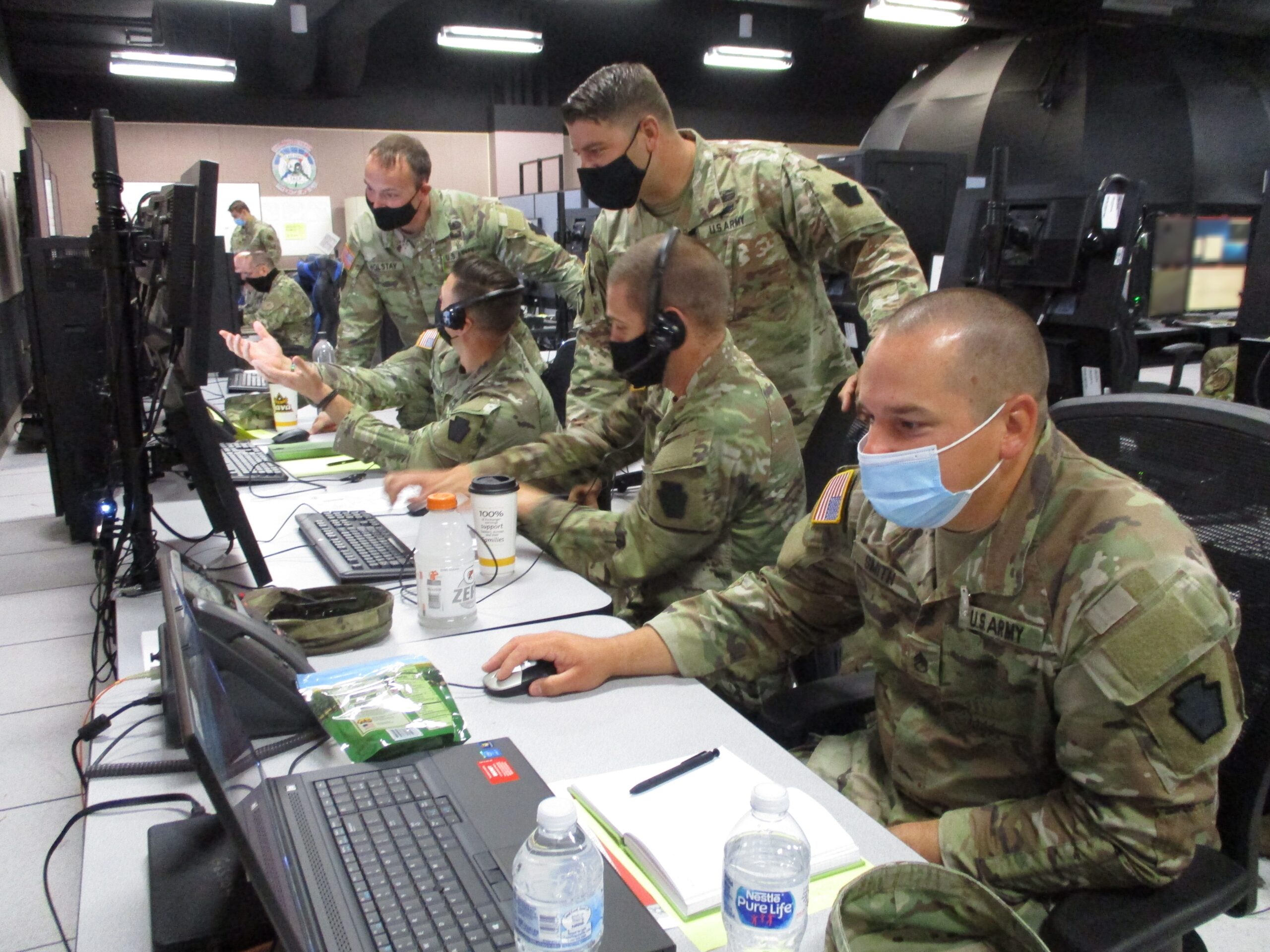
Det 1 members worked within the DMOC led the Operational Assessment Cell to fill a wide range of support roles during the exercise. Detachment Airmen provided hands-on coaching and training to USAF and USA JAGIC personnel joint fires integration leveraging many virtual and constructed USA fire support systems such as High Mobility Artillery Rocket Systems and MQ-1C Gray Eagles, and USAF air-to-ground strike platforms including A-10s, F-35s, and B-52s. Through mission execution observation Det 1 Airmen developed mission debrief focus points which sharpened JAGIC members’ procedural control skills, air interdiction coordination proficiency, and post-strike assessment processes in a Large Scale Combat Operations environment.
Capt. Matthew Winot, 505th CCW, Det 1, ISR liaison officer, never lost sight of his team’s ultimate aim of helping JAGIC training audiences depart VF: JAGIC C2 more effective fighting forces than they arrived.
“We, as Det 1 representatives, coached JAGIC members on multi-domain C2 processes with a focus on those joint and coalition capabilities that would likely be employed in an LSCO fight,” said Winot. “Specifically, as Det 1’s ISRLO, coaching JAGIC training audiences on how to leverage traditional and nontraditional ISR assets for battle damage assessment and collection efforts enabled each JAGIC to streamline their doctrinally-based processes and tactics.”
Col. Michael Goodman, 505th CCW, Det 1 commander, highlighted the significance of the event, “As the [U.S.] Air Force lead for C2 experimentation, training, testing, exercise, evaluation and tactics development, the 505th CCW conducted VF: JAGIC C2 at COMACC’s [Commander Air Combat Command] direction to provide a realistic virtual training environment for joint operational and tactical warfighters.”
Goodman continued, “Overall, this was a huge win for ensuring our future competitiveness against a near-peer adversary.”
VF: JAGIC C2 provides a much-needed avenue to train critically important JAGIC teams when the USA component’s renewed focus on LSCO and associated weapon systems advancements hold the potential to affect the Theater Air Ground System, according to Goodman.
“Modern surface-to-surface land component fires now have the capability to range far into the airspace and area of operations that is historically the responsibility of the air component commander for C2 and air interdiction,” said Goodman. “These new surface-to-surface fires represent another capability to help disintegrate integrated air defense systems, but first, we’ve got to train in a joint manner to realize those effects fully. VF: JAGIC C2 is where we’re going to make that happen.”
“VF: JAGIC C2 was an intense look at a particular aspect of the bigger war that we do not usually get the chance to focus on. It is always incorporated into our bigger fight-focused exercises but this time we got down into the mud with it,” offered Lt. Col. Michael Butler, 705th CTS director of operations.
VF: JAGIC C2 was best summed up during the post exercise hot-wash by a participant who said “this is the best exercise we have ever had. We have never had the opportunity to be the supported participant and that made the difference. That said, we discovered that we have much more to work on in future JAGIC C2 exercises.”
The 705th CTS reports to the 505th Combat Training Group, Nellis AFB, Nevada, and the 505th Command and Control Wing headquartered at Hurlburt Field, Florida.
505th Command and Control Wing (ACC)
Public Affairs
